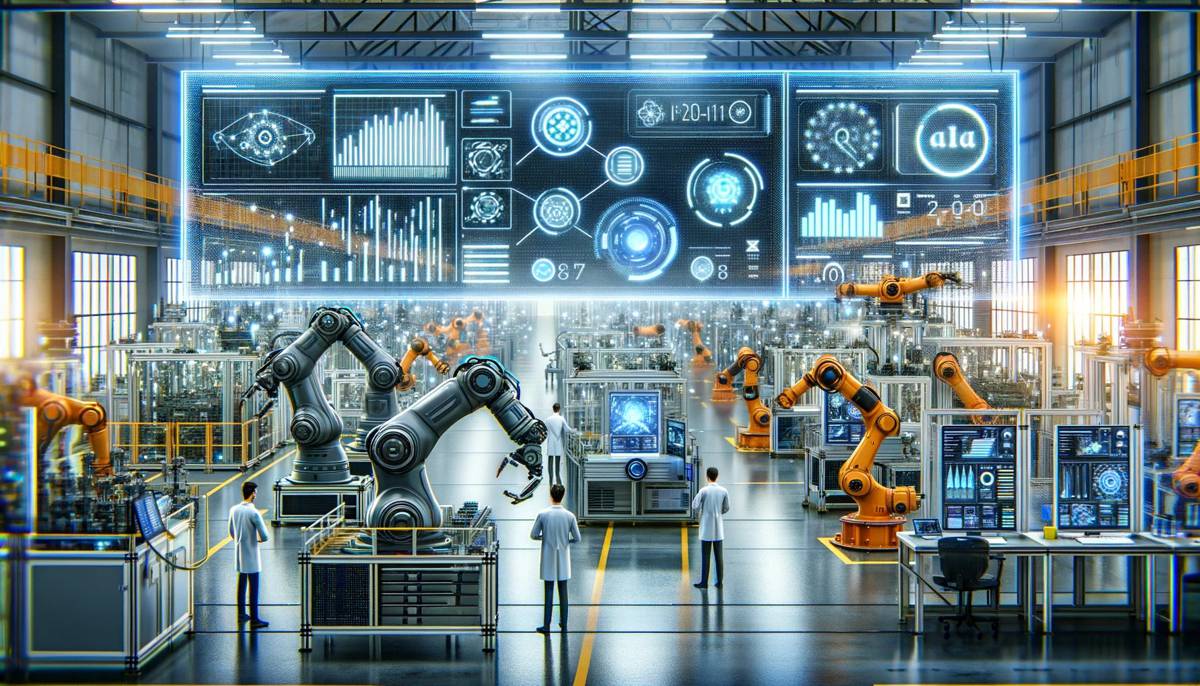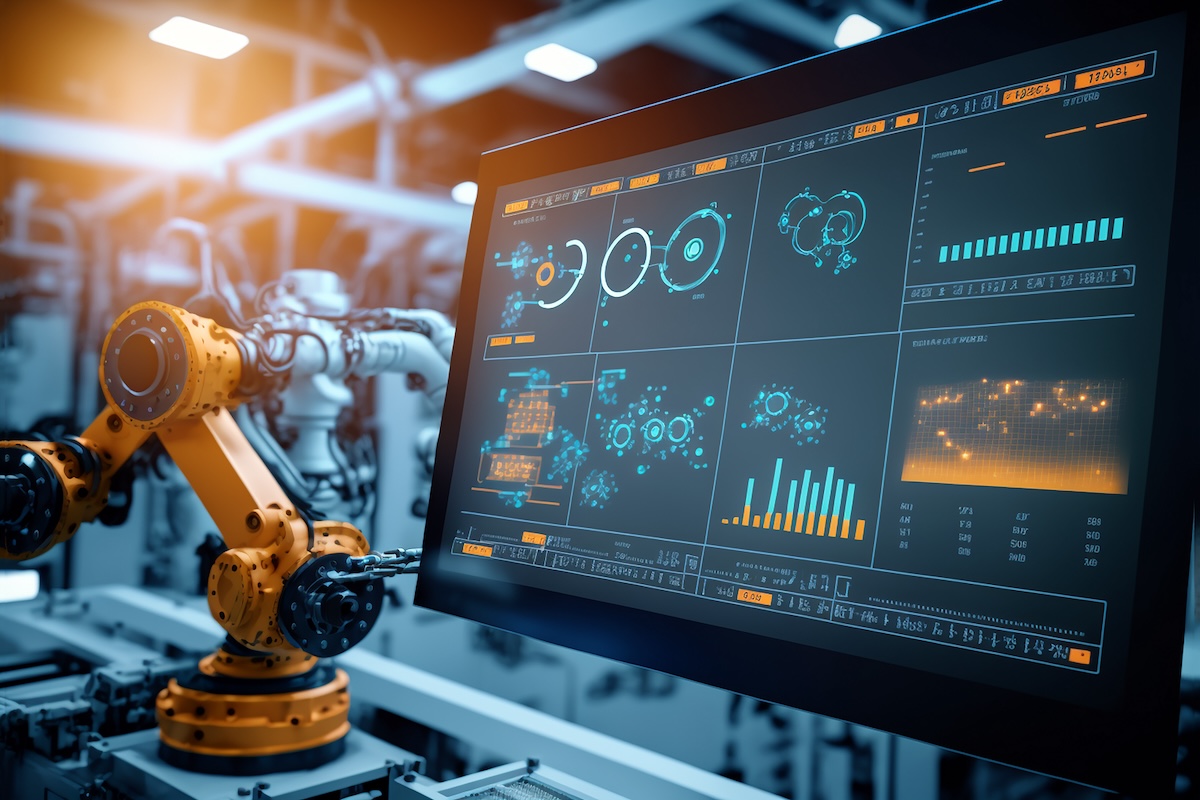In the fast-paced world of industrial quality assurance, the stroboscope for machine inspection plays a pivotal role. This remarkable tool allows inspectors to view fast-moving parts as if they are standing still. By doing so, issues that could potentially lead to machine failure can be identified and rectified early. This technique is crucial for maintaining optimal performance and safety standards in various industries.

Understanding Stroboscopes
A stroboscope is an instrument used to make a cyclically moving object appear to be slow-moving or stationary. It works by emitting flashes of light at a frequency that matches the object’s motion. This synchronization allows inspectors to observe and analyze the object’s movement without interrupting its operation.
Types of Stroboscopes
Stroboscopes come in various forms, including handheld, fixed, and digital models. Each type has its specific applications and advantages. For instance, handheld stroboscopes offer flexibility and ease of use, while fixed stroboscopes provide stability and precision for prolonged inspections.
Applications in Machine Inspection
The application of stroboscopes in machine inspection is vast. It is used in industries such as automotive, manufacturing, and engineering to inspect moving parts like gears, fans, and motors. By using a stroboscope, inspectors can detect irregularities such as misalignments, wear, and tear or other defects that might lead to bigger problems.
Benefits of Using Stroboscopes
The benefits of using a stroboscope for machine inspection are numerous. They provide non-invasive inspection, allowing for real-time analysis without halting production. This efficiency reduces downtime and enhances productivity. Moreover, early detection of issues through stroboscopic inspection can prevent costly repairs and extend machine life.
How to Use a Stroboscope
Using a stroboscope involves setting the flash frequency to match the speed of the object being inspected. Once synchronized, the object appears motionless, allowing detailed examination. It’s essential to follow safety guidelines and manufacturer instructions to ensure accurate readings and safe operation.
Steps for Effective Use
- Identify the object to be inspected.
- Set the stroboscope to the correct frequency.
- Adjust the position for optimal visibility.
- Conduct the inspection, noting any irregularities.
Challenges and Considerations
While stroboscopes are invaluable, there are challenges to consider. The accuracy of measurements depends on the correct setting of flash frequency. Environmental factors, such as lighting conditions, can also affect visibility and inspection outcomes. Understanding these factors is crucial for effective use.
Overcoming Challenges
To overcome challenges, proper training and experience are essential. Regular calibration and maintenance of the stroboscope ensure accuracy and reliability. Additionally, integrating stroboscopic inspections with other diagnostic tools can provide a comprehensive analysis of machine health.
Advancements in Stroboscopic Technology
Technological advancements have enhanced stroboscopes, making them more user-friendly and efficient. Modern digital stroboscopes offer features such as adjustable flash rates, digital displays, and data recording capabilities. These innovations improve inspection precision and data analysis.
The Future of Stroboscopic Inspections
The future of stroboscopic inspections is promising, with ongoing developments aimed at increasing accuracy and integration with digital systems. The rise of smart manufacturing and IoT technologies is likely to see stroboscopes becoming an integral part of automated inspection systems.
Conclusion
In conclusion, the stroboscope for machine inspection is an essential tool for ensuring machinery operates efficiently and safely. Its ability to provide real-time, non-invasive inspection makes it invaluable across various industries. By understanding its applications and overcoming challenges, professionals can enhance their inspection processes, leading to improved productivity and reduced operational risks.
Further Reading
For more information on minimizing machine failure risks, visit Machine Failure Risk. Learn about stroboscopic testing methods at Testing Methods. Explore how digitizing maintenance processes can benefit your operations at Maintenance Processes.

FAQ
What is a stroboscope used for?
A stroboscope is used to make fast-moving objects appear stationary for inspection and analysis.
How does a stroboscope work?
A stroboscope works by emitting flashes of light that match the object’s motion frequency, allowing it to appear motionless.
Why is stroboscopic inspection important?
Stroboscopic inspection is important as it provides non-invasive, real-time analysis of machinery, enabling early detection of potential issues.
This article contains affiliate links. We may earn a commission at no extra cost to you.
